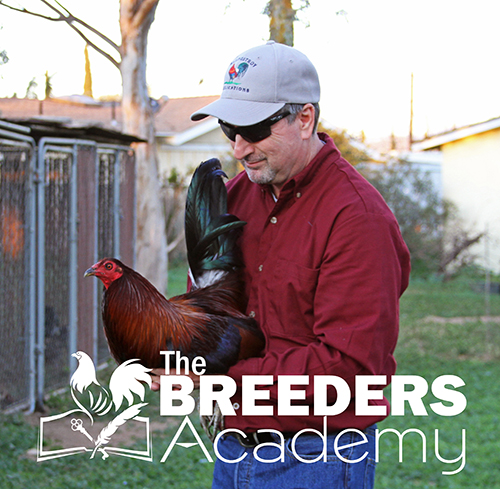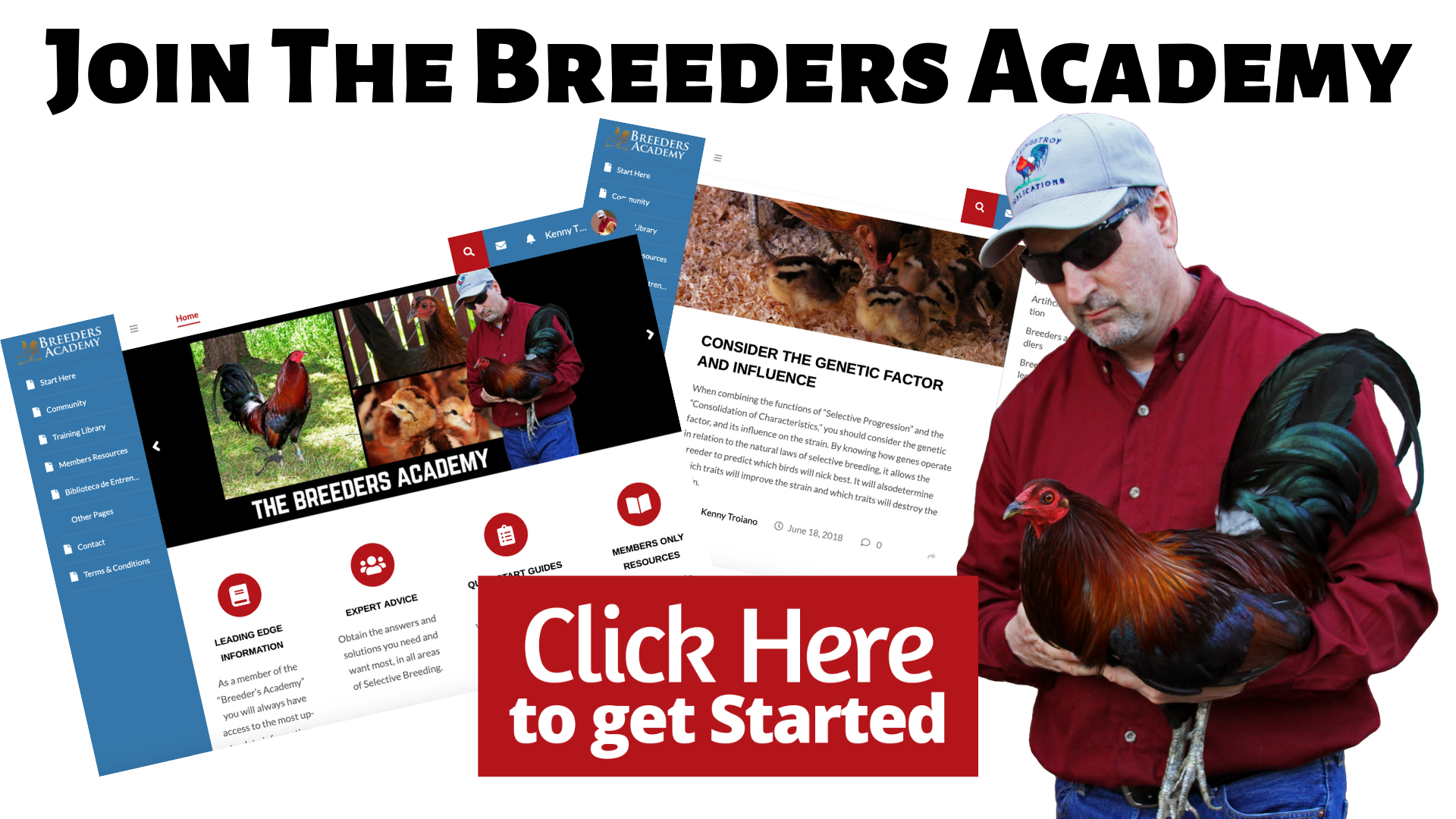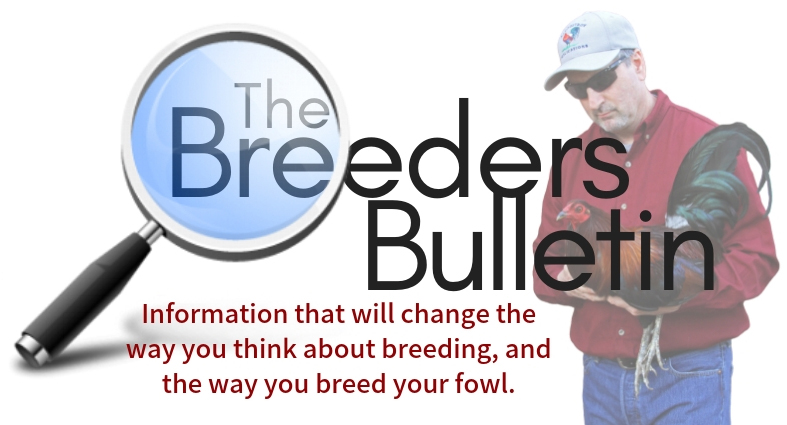By Kenny Troiano
Copyright © 2020 by Kenny Troiano/Maximus Troy Publications

When combining the functions of “Selective Progression” and the “Consolidation of Characteristics,” you should consider the genetic factor, and its influence on the strain. By knowing how genes operate in relation to the natural laws of selective breeding, it allows the breeder to predict which birds will nick best. It will alsodetermine which traits will improve the strain and which traits will destroy the strain.
Genes are naturally tenacious. Although genes are either cooperative or destructive, they are governed by the laws of predictability. For example, some traits tend to change other traits, which often occurs when both cock and hen expresses contrasting trait(s). However, these traits are predictable because we know which traits are dominant and which traits are recessive, therefore, we can determine the traits we wish to be expressed and the traits we wish to remain hidden.
As you can see, your knowledge of genetics, good or bad, can and will determine your success.
Let’s look at three of the most common elements of form and function, and discuss what traits are expressed or not expressed, and their genetic influence. By studying the examples provide below, you will quickly realize that there is more to breeding than just putting two birds in a brood pen.
Example #1, when breeding for performance, some cocks do better with a particular hen, and worse with others. In some cases, they just don’t nick. This can occur with fowl that are related or unrelated, but when you consider the genetic factor and its influence through hybridization,genotype and phenotype, dominant and recessive traits, sex-linked inheritance, and polygenic quantitative traits, as well as the natural laws of progression and regression, correlation and contamination,you are better able to predict which birds will nick and which will not.
Example #2, when breeding for color, some varieties do very well in creating a separate and distinct variety. A good example of this is the red pile (black breasted light reds, bred with whites). Some varieties mix poorly with other varieties, and should be avoided. And then there are many strains known to produce a multitude of color varieties within the same strain. One will improve the color of the strain, while the others will ruin their color.
For example, black-breasted dark-red hens are typically partridge colored, but are known to produce wheaten or spangled colored hens now and then. If you were to breed the wheaten or spangled hens to a dark-red cock, the offspring would begin to show the wheaten and spangled colors, and the dark-red would be spoiled, or would eventually disappear from the strain. In this case, it’s best to breed for purity of feather. In other words, you would have to choose between the three different color variations, select one and cull the others.
When it comes to color, and making the unknown the known, in order to achieve a specific result, it is best to consider the genetic factor and its influence through dominant and recessive traits and sex-linked inheritance, as well as the natural laws of variation, mutation or sport, and the law of throwbacks, by doing so you can better predict their color of plumage.
Special note of interest: In all instances, it’s best notto mix colors, unless you know the results beforehand.
Example #3, when breeding for conformation of body, some traits tend to change other traits when matched with a bird having contrasting traits. These changes can ruin the conformation and balance of a strain. For instance, birds with short backs tend to produce tails that are up-and-over the back, almost touching the head. This is a trait known as “Squirrel Tail,” and is a serious defect. Also, birds with long backs tend to produce tails that are down, below the 45-degree angle. This too is a serious defect.
In short, watch out for birds having backs that are too long or too short. And select cocks and hens that have the proper tail angle, these are birds that most likely have the proper length of back as well.
When selecting and breeding a cock and hen, to improve the conformation of body of the strain, consider the genetic factor and its influence through hybridization, as well as the natural laws of variation, form and function, like begets like, throwbacks, progression and regression, and the law of correlation, then and only then can you better predict which traits will improve your strain and which traits will destroy the strain.
Special note of interest: When breeding for function, it is important not to neglect their form. In other words pay attention to traits that will complete the bird’s overall make-up, such as their conformation of body and color of plumage. Keep an eye out for defects and structural disqualifications.
Every bird must be a good representative of their breed. Select properly, because every part of their body has a specific function, each part working in unison, in perfect harmony.

